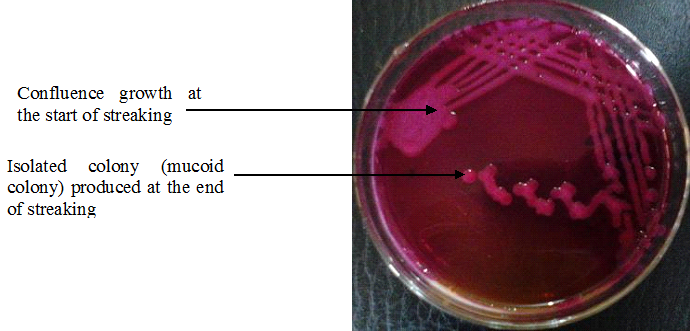Microorganisms produce definite patterns on culture media plates as they grow and divide. These specific […]
Category: Bacteriology
Introduction to (Medical) Bacteriology
Medical Bacteriologyis a branch of medical microbiology that is concerned with the diagnosis, prevention and […]



